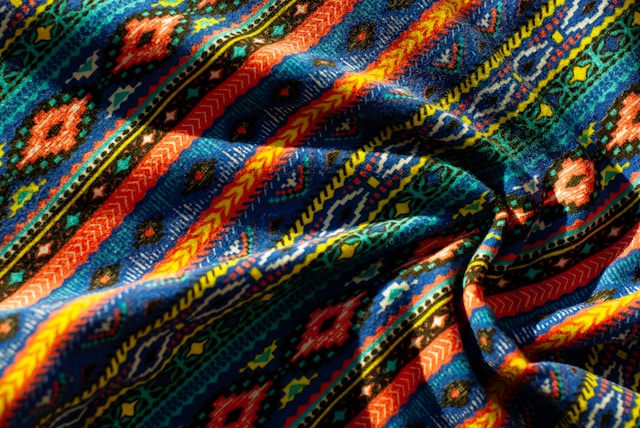
Introduction
Many fashion magazines have focused on presenting the latest trends and styling examples, striving to communicate to readers in a clear way what is considered “fashionable now.” Clothing has mainly been treated as a “commodity,” and in educational and market-analysis contexts there is a tendency to emphasize systems and mechanisms for making items sell.
However, garments are not merely “things to wear”; they also serve as a mirror that reflects culture and society. As Roland Barthes demonstrated, fashion is a system of signs that creates meaning, and as Pierre Bourdieu argued, it has played a role in making class and lifestyle visible.
In the West, even commercial fashion magazines have incorporated social and cultural themes into their coverage, attempting to read gender, class, and identity through clothing. At the same time, specialist publications and critical writers have treated fashion as an important window onto society and culture.
By contrast, in Japan there have been some magazines attentive to cultural and social contexts, but overall commercially oriented and practical titles have been predominant, and critical discourse has been relatively limited.
This site adopts perspectives from cultural theory and sociology to explore aspects of fashion that cannot be revealed by marketing and trends alone. Reading society and culture through clothing — that is the point of departure for this site.
Back to Home